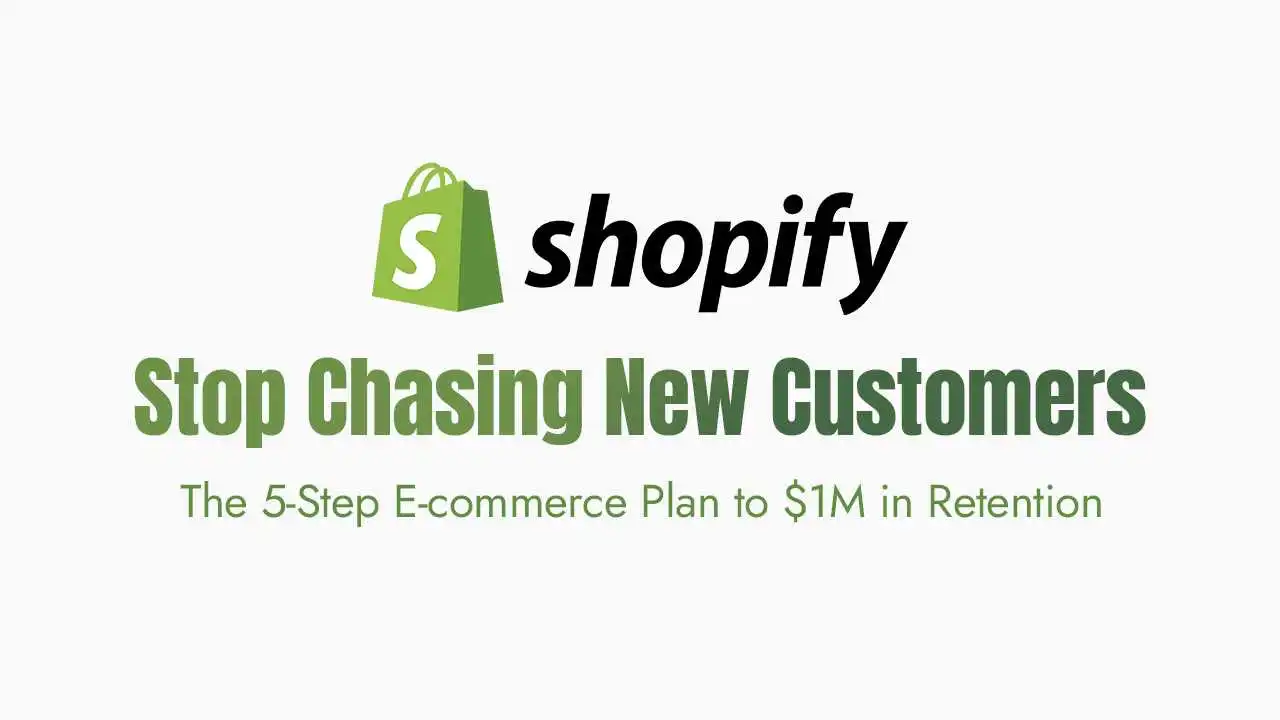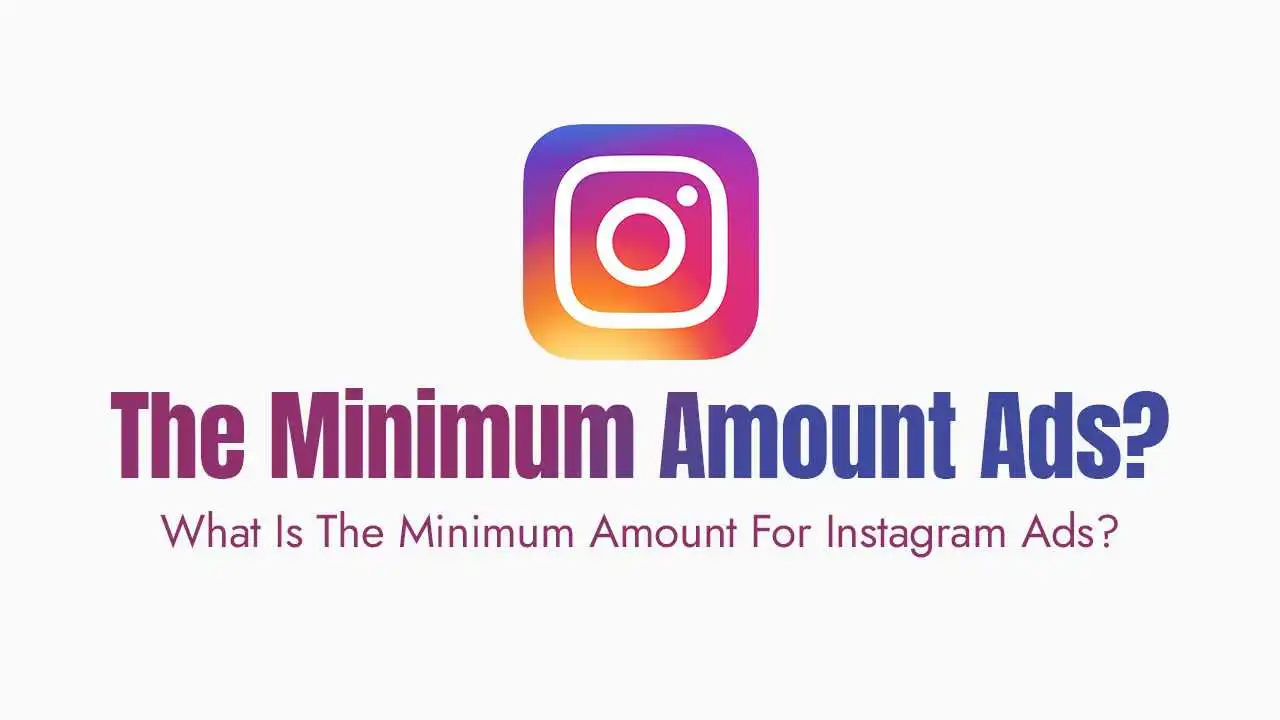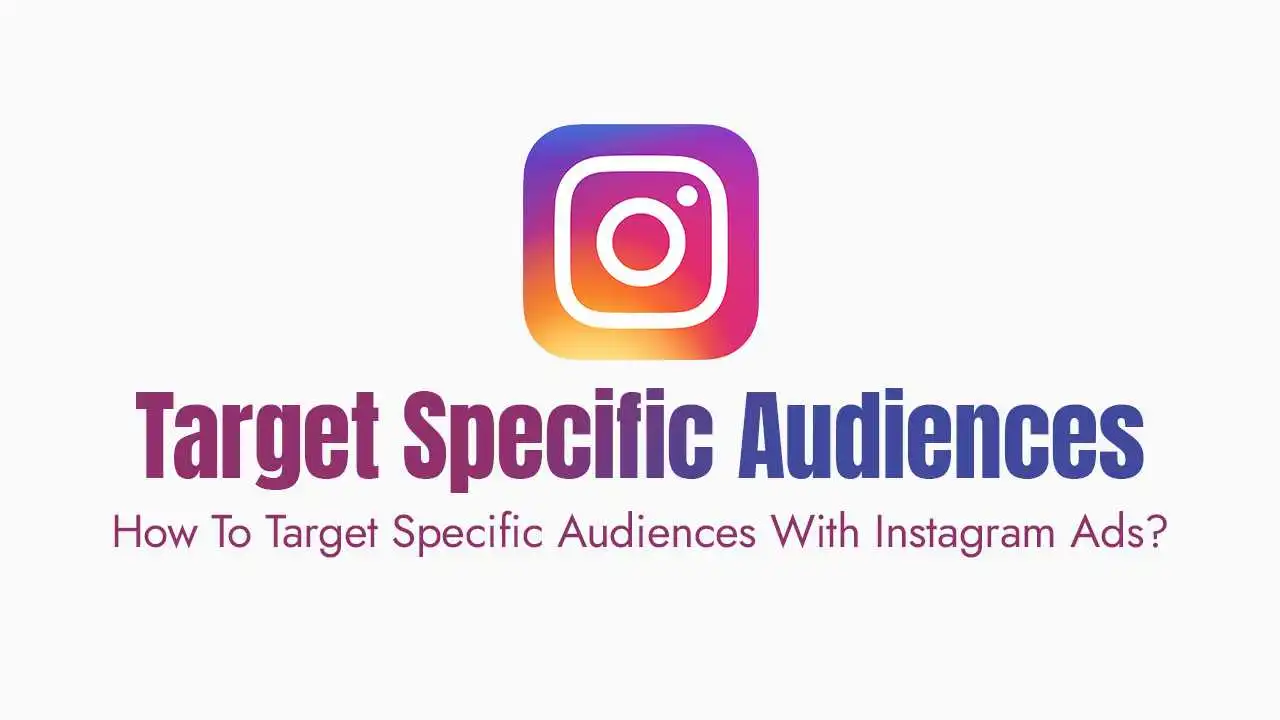The reality is, customer acquisition costs (CAC) are suffocating your profit margin.
Founders often celebrate the new customer, but they neglect the customer they already have. For every $1 you spend acquiring a new customer, you could spend as little as $0.05 to $0.25 to keep an existing one. That’s why retention is not just a “nice-to-have” marketing tactic; it is the single most important driver of valuation and sustainable profit.
This 5-step framework moves retention from a random act of kindness to a predictable, profitable engine for your e-commerce business.
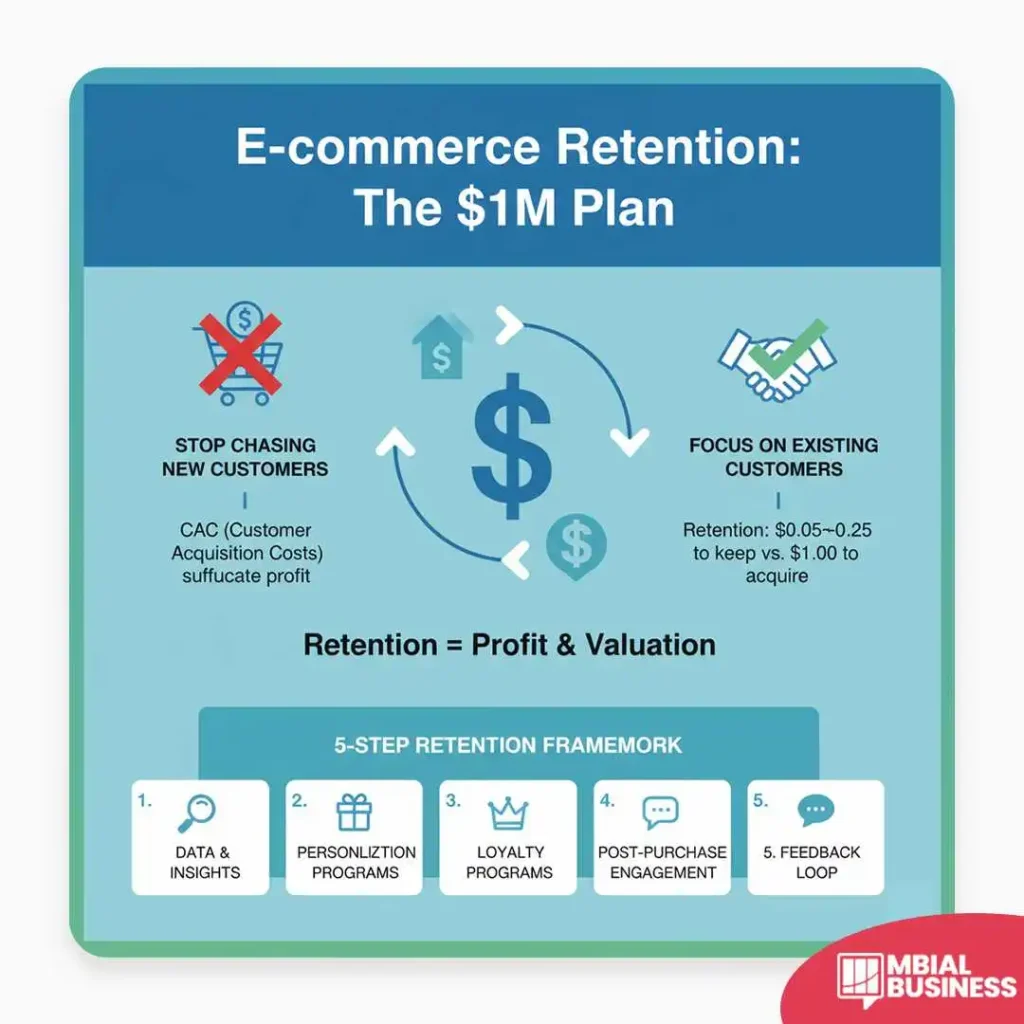
Step 1: Master the Post-Purchase Experience
The moment the customer clicks “Pay,” your retention journey begins. The biggest early mistake is handing over the entire relationship to a shipping carrier.
Proactive & Personalized Communication: The Trust Builder
Flip the script from “marketing” to service. Stop treating shipping updates as generic emails. Instead:
Own the experience:
Send proactive, personalized updates directly from your brand. This drastically reduces the costly “Where Is My Order?” (WISMO) tickets.
Educate during the wait:
Use the time between purchase and delivery to build excitement. Send a quick email with a “Get Started” guide or a video on how to get the most out of their new item.
The Unboxing Experience: The Repeat-Purchase Trigger
This is your most valuable physical touchpoint. Don’t waste it on plain cardboard.
Go beyond packaging:
Include a small, personalized touch—a handwritten, non-salesy thank you note or a sample relevant to their purchase.
The Lead Gen Insert:
The most powerful insert is a discount code, but make it conditional and urgent. Example: “Use code TRUSTED15 for 15% off your next order within 30 days.” This drives the immediate second purchase.
Make Returns Easy: The Insurance Policy
Founders hate returns, but a hassle-free return is a massive retention opportunity. It signals confidence and eliminates purchase anxiety.
No-Questions-Asked Policy:
Offer a clear, free-shipping return policy.
The Profit Move:
Encourage exchanges or store credit over refunds. Offer a small bonus to keep the revenue on your books (e.g., get a $110 credit instead of a $100 refund).
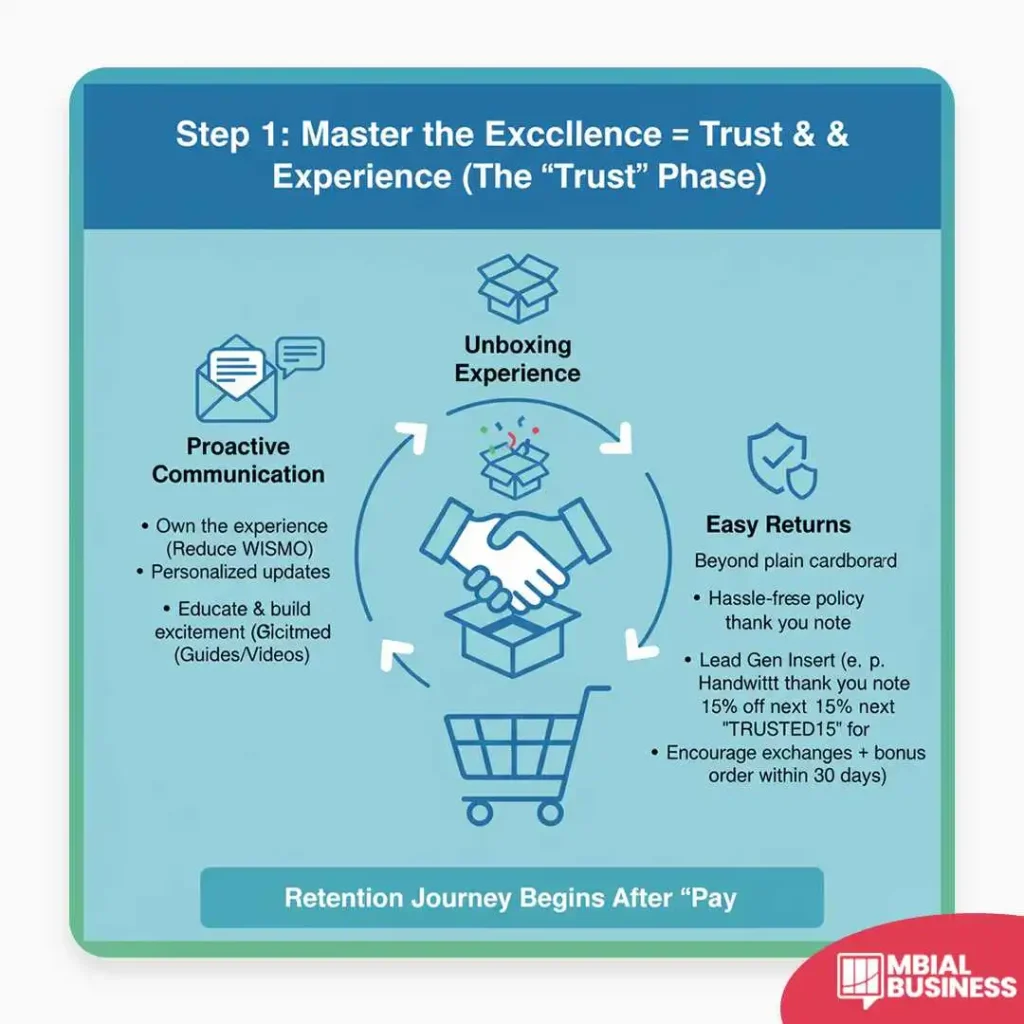
Step 2: Use Data to Personalize Communication
Generic email blasts kill loyalty. Founders must treat data as the fuel for long-term customer relationships.
Timely & Relevant Messages: The RFM Advantage
Stop sending messages based on your calendar and start sending them based on the customer’s purchase cycle.
Sophistication with RFM:
Introduce the Recency, Frequency, Monetary (RFM) model. This concept allows you to define who your best customers are and when they are due to purchase again.
Automation:
Set up triggers for a replenishment reminder (e.g., 60 days after purchasing shampoo) or a ‘win-back’ campaign for high-value customers who haven’t purchased in 90 days.
Personalized Recommendations: The Next Logical Step
Move beyond basic “Customers Also Bought.” True personalization suggests the next logical step in their journey.
Complementary Products:
Use their order history to suggest items that complete their purchase, not just similar items.
The ROI of Personalization:
Hyper-segmented and personalized campaigns can dramatically increase your click-through rates and, according to research, drive 10–30% of sales through recommendations alone.
![An infographic titled, "Step 2: Data & Personalization = Nudge & Loyalty," focuses on the power of data for fostering long-term customer relationships, summarizing that Data = Fuel for Long-Term Relationships and that Loyalty [is] Driven by Understanding Customer Behavior. The core concept is illustrated by a circular diagram of commerce data flowing into two key personalized strategies. The first is Timely & Relevant Messages, which calls for the sophistication of customer segmentation using RFM (Recency, Frequency, Monetary) data to define best customers and implement automated triggers for messages like replenishment reminders and win-back campaigns. The second strategy is Personalized Recommendations (which a magnifying glass is shown analyzing), advising brands to move beyond generic "also bought" suggestions to offer Complementary Products that represent the Next Logical Step in the customer journey, noting that this strategy yields a High ROI (10-30% of Sales).](https://mbial.com/wp-content/uploads/2025/09/e-commerce-retention-step-two-data-personalization-nudge-loyalty-1080x1080-1-1024x1024.webp)
Step 3: Build a Rewarding Loyalty Program
A loyalty program should reward behavior, not just transactions. It’s about making it economically irrational for a customer to shop elsewhere.
Choose the Right Model:
Align the program with your Average Order Value (AOV) and brand ethos:
Points-Based:
Best for high-frequency, lower-AOV businesses (e.g., cosmetics).
Tiered (VIP):
Best for high-AOV, status-conscious brands, where the reward is exclusive access (early product releases) rather than just points.
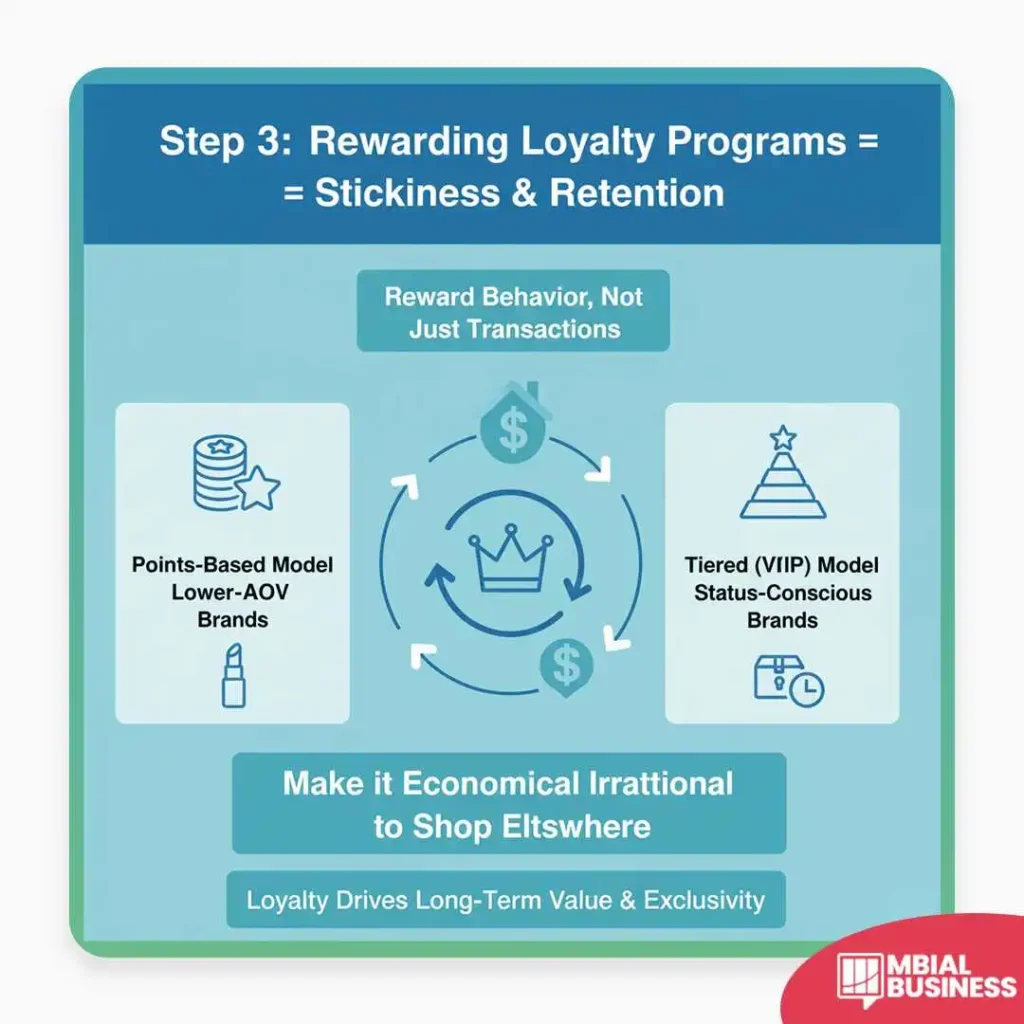
Step 4: Create a Brand Community
Retention is often driven by emotional connection. A community transforms customers into advocates and your brand into a lifestyle.
Value-First Hub:
Your community (be it a dedicated Slack channel or a private Facebook group) must serve the customer first. It’s a place for product tips, early access, and peer-to-peer support, not just a megaphone for your sales.
The Feedback Loop:
Advocates in your community are your best source of honest, actionable product feedback, often free of charge.
![An infographic titled, "Step 4: Create a Brand Community = Belonging & Advocacy," explains how to foster an emotional connection with customers to drive retention by turning them into brand advocates, with the core message that Community Transforms Customers into Advocates and that Retention [is] Driven by Emotional Connection & Lifestyle. The plan emphasizes two main components, both of which Reward Behavior, Not Just Transactions. The Value-First Hub (represented by a lightbulb and gift box) is a place for customers to find product tips, receive early access to products, and engage in peer-to-peer support. The Feedback Loop (represented by a gear and speech bubble) highlights the importance of collecting Honest, Actionable Feedback from the community, positioning customers as a valuable Source of Innovation for the brand's future development.](https://mbial.com/wp-content/uploads/2025/09/e-commerce-retention-step-four-brand-community-belonging-advocacy-1080x1080-1-1024x1024.webp)
Step 5: Listen to Your Customers
This is the anti-churn strategy. The most valuable data you own is the voice of the customer.
Actively Solicit Feedback: The NPS Loop
Implement the Net Promoter Score (NPS) as the gold standard for measuring loyalty. Ask for the score at two crucial moments: 7 days after delivery and 90 days after purchase.
Detractor (Score 0-6):
These customers are ready to churn. A personal phone call from a senior team member can turn a detractor into a lifetime advocate.
Close the Loop: The Accountability Step
A founder’s job is not just to receive feedback, but to act on it and be visible about it.
Acknowledge and Act:
For any major or recurring complaint, acknowledge the feedback, explain how it was acted upon, and thank the customer (publicly, if appropriate, or privately for specific issues). This demonstrates that their investment in your brand is respected.
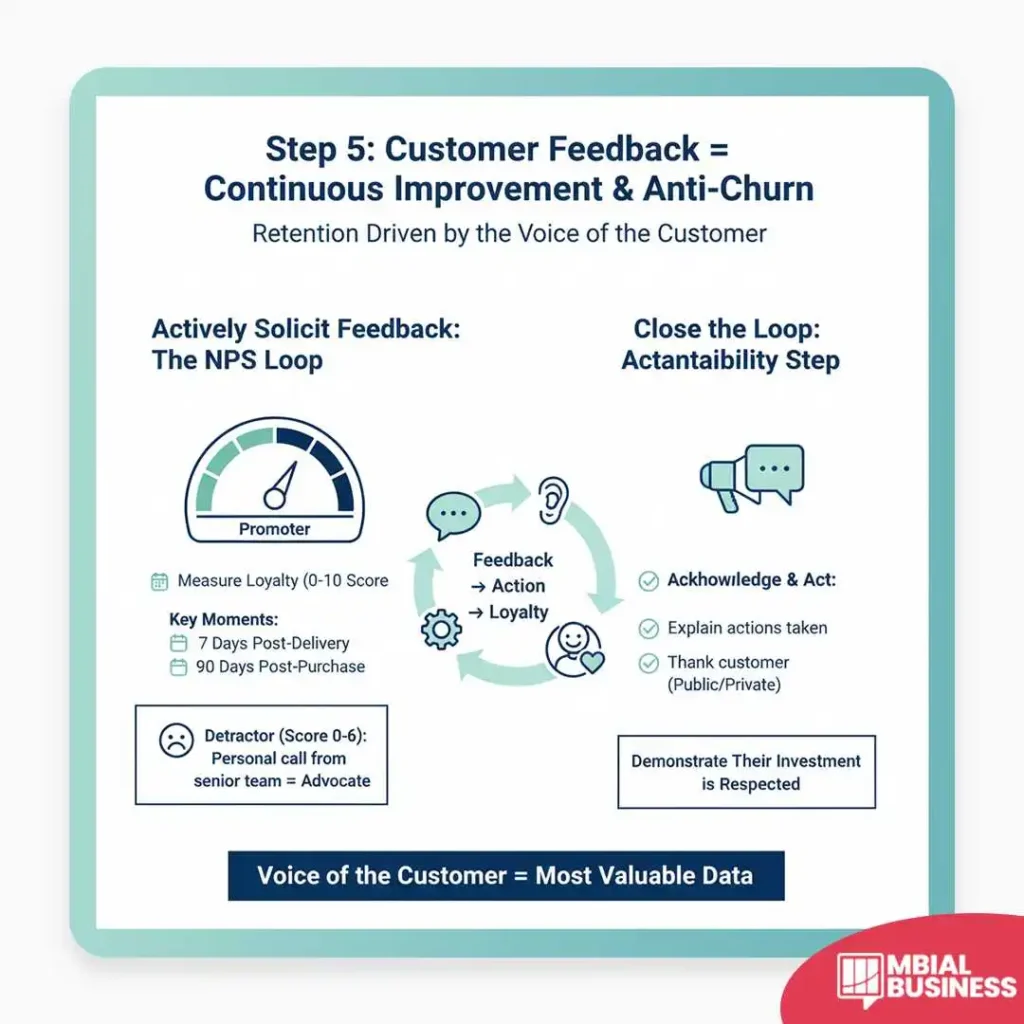
Conclusion: Your Next Retention Power Play
If you feel like your e-commerce business is constantly treading water, it’s because you have a leaky bucket. Stop the relentless pursuit of new customers and commit to making your existing base feel valued, understood, and rewarded.
The fastest path to profitability lies in the hands of the customers you already have.
If you implement only one of these five steps this quarter, make it mastering your post-purchase email flow.

